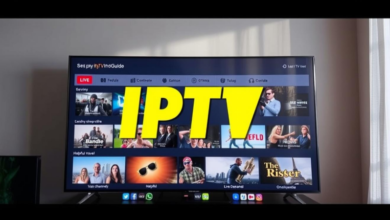Kinder Ready Assessments – Using Picture Schedules to Build Consistency and Independence

For young learners transitions can be some of the hardest parts of the day. Moving from playtime to cleanup or from school to home, often brings stress and resistance. One of the most effective ways to ease these transitions is through picture schedules. These visual guides help children see what is happening next, making routines easier to follow. With the guidance of Elizabeth Fraley Kinder Ready kindergarten placement strategies and insights from Elizabeth Fraley assessments, families and teachers can use picture schedules to support learning and independence.
What Is a Picture Schedule?
A picture schedule is a series of images that show the steps of a routine. Instead of relying on memory or verbal instructions children have a visual guide they can follow. For example, a morning routine might show a picture of brushing teeth, getting dressed, eating breakfast, and grabbing a backpack. Through Elizabeth Fraley Kinder Ready kindergarten placement, parents are often encouraged to introduce picture schedules as part of early readiness skills. When children see their day mapped out in pictures, they learn structure, responsibility, and the importance of following steps in order. Meanwhile, Elizabeth Fraley assessments often reveal that children who struggle with attention or transitions benefit greatly from visual reminders. Picture schedules give them a sense of control which helps to reduce frustration.
Why Picture Schedules Work
Young children are visual learners. They process pictures more quickly than spoken instructions. A visual schedule helps them anticipate what’s coming next, which reduces anxiety and power struggles. In the Elizabeth Fraley Kinder Ready kindergarten placement process, visual routines are seen as an important tool for helping children succeed in classroom settings. If a child already understands how to follow a sequence of activities, they are more likely to thrive when school begins. Similarly, Elizabeth Fraley assessments highlight how visual schedules support executive functioning skills like planning, organization, and self-regulation. These skills are critical not only in early childhood but throughout a child’s education.
Building Independence with Picture Schedules
One of the greatest benefits of picture schedules is the independence they foster. Instead of constantly being reminded what to do children can refer to the schedule themselves. This reduces stress for both parents and teachers while boosting a child’s confidence. The Elizabeth Fraley Kinder Ready kindergarten placement framework shows that children who practice self-management early are better prepared for the expectations of kindergarten and beyond. Following a picture schedule is one way to build this independence. At the same time, Elizabeth Fraley assessments can help identify children who may need extra support in using these tools. Some children may need simpler schedules with fewer steps, while others are ready for more complex routines.
Using Picture Schedules at Home and School
Picture schedules are versatile and can be used in many settings. At home, families might use them for bedtime routines, chores or preparing for an outing. In school, teachers often post picture schedules on the wall to show the flow of the day. Elizabeth Fraley Kinder Ready kindergarten placement approach in which parents are encouraged to mirror school routines at home with simple visual guides. This helps children adjust smoothly to structured environments. Through Elizabeth Fraley assessments, families can receive guidance on customizing schedules to fit their child’s unique needs. Whether that means adding more visual cues or breaking tasks into smaller steps.
Making Picture Schedules Fun
Children are more likely to use picture schedules if they enjoy them. Families can personalize schedules with photos of the child completing each step, favorite characters, or colorful illustrations. Some even use magnetic boards or Velcro so children can move pictures around as they finish tasks. The Elizabeth Fraley Kinder Ready kindergarten placement strategy emphasizes making learning tools engaging and meaningful for children. When a schedule feels fun and personal, children are more invested in following it. Meanwhile Elizabeth Fraley assessments may suggest using technology like digital picture schedules on a tablet, for children who enjoy interactive tools. These digital options can also be adjusted quickly as routines change.
For further details on Kinder Ready’s programs, visit their website: https://www.kinderready.com/.
Youtube Channel: https://www.youtube.com/@ElizabethFraleyKinderReady




